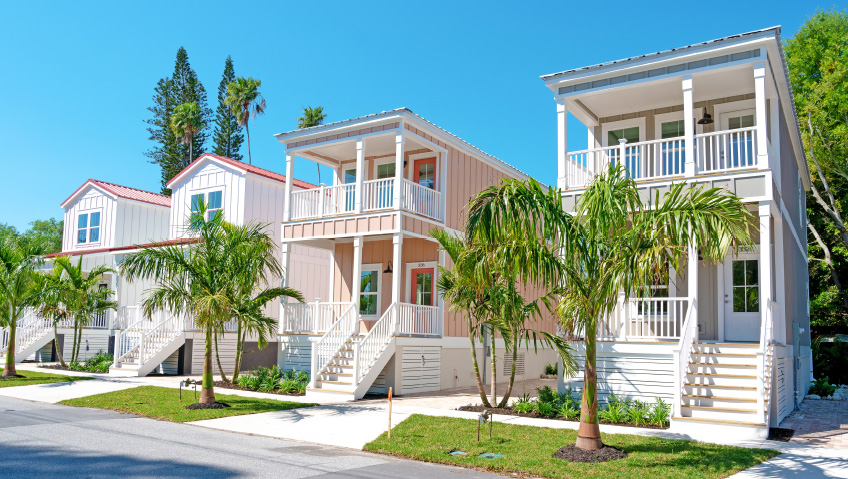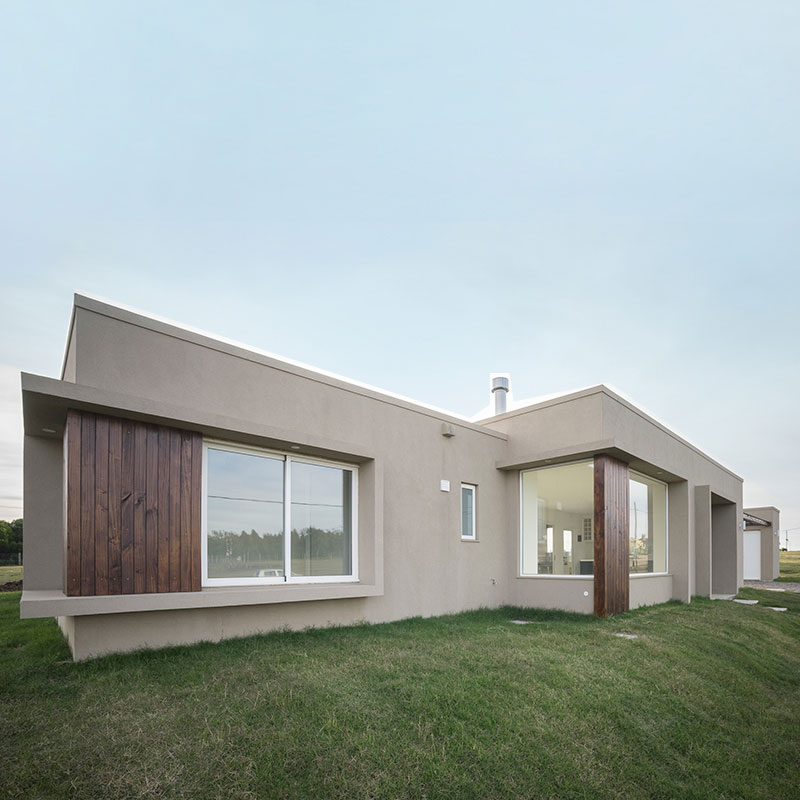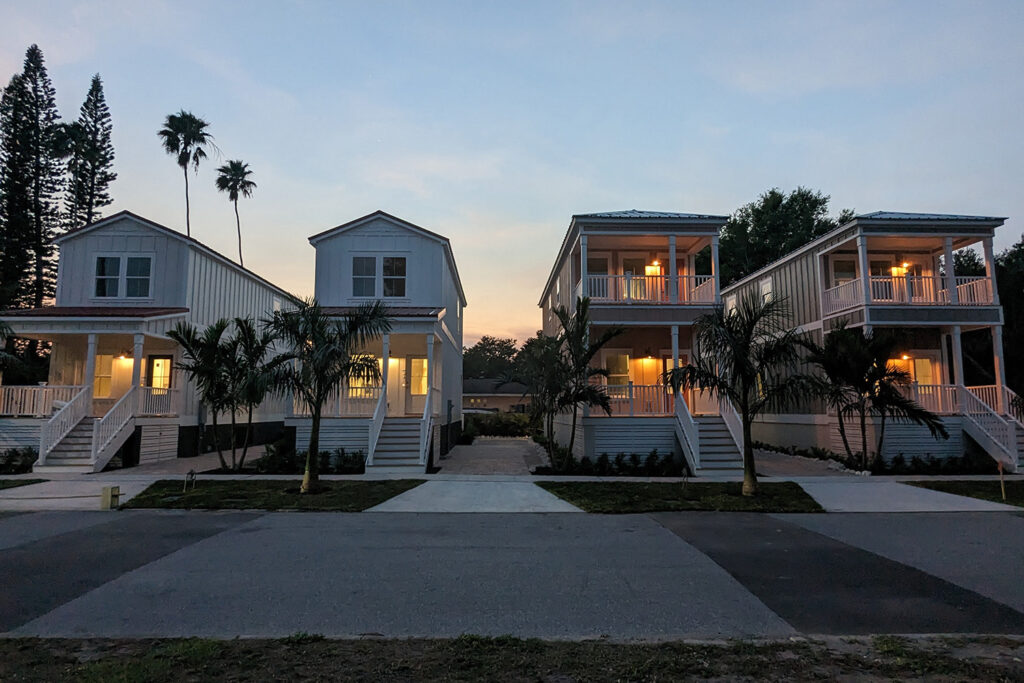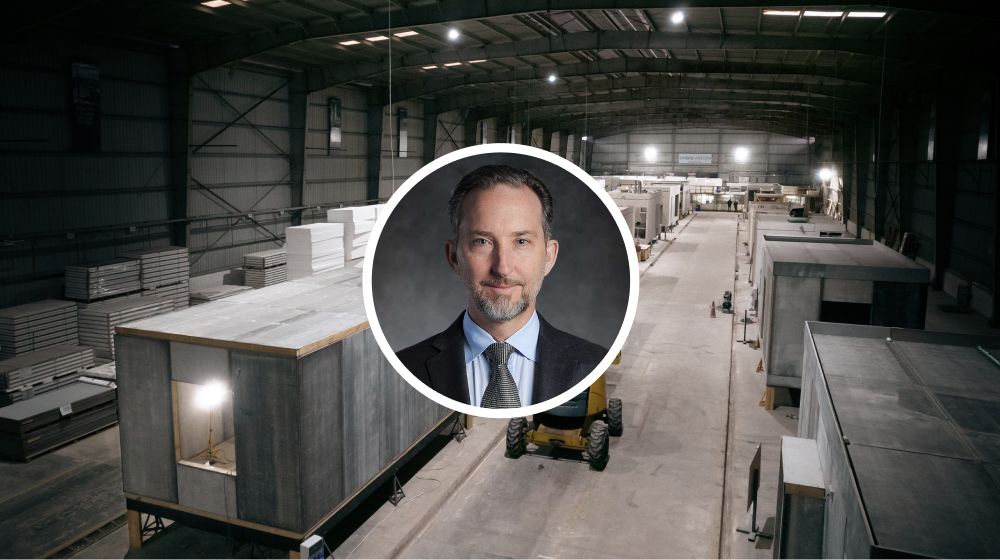Offsight is proud to announce the launch of our Leaders & Innovators series showcasing modular, offsite and prefab industry leaders and the work they are currently undertaking to push the industry forward.
View Original Article on Offsight >
By Vikas Murali
Offsight is proud to announce the launch of our Leaders & Innovators series showcasing modular, offsite and prefab industry leaders and the work they are currently undertaking to push the industry forward. In this edition of the series, Offsight CEO, Vikas Murali interviews Chris Anderson , CEO of Vantem.
Vantem leverages proprietary modular technology to deliver high-efficiency net zero homes at competitive costs. Their model allows developers to see greater profits and returns on modular projects they undertake with Vantem, by letting them take advantage of green financing incentives and contain overall construction costs. Vantem’s proprietary technology is applied in assembling each panel they fabricate to produce modules with greater thermal efficiency and insulation. Furthermore, Vantem panels are resistant to high wind and fires.
Check out our full interview and hear Chris’ advice for the modular industry and fellow manufacturers below.

V: Given the current high interest rate environment, that’s definitely affecting the modular industry and construction as a whole, how do you strategically plan to set up Vantem for long-term success? Also what is your advice for other modular manufacturing companies dealing with the same macro trends?
C: We have a broad platform in terms of the products that we do. We not only do single-family homes, which is probably the category that has been most affected by the high interest rates, but we also do multifamily housing and projects like senior living and so forth , which are not as interest rate dependent directly because they’re not assets that get sold and are subject to mortgages.
Now, that being said, interest rates still affect those asset classes. For the most part, the affect has been indirectly where you don’t have the same lending profile, the same lending that had been going on say two years ago, where developers could borrow, you know, 80% let’s say on a project for the product financing.
Today, banks are lending 60%, sometimes less, so there’s this gap, right? What we’re doing is in addition to being brought on for our asset classes and really directing our production to the asset classes that aremore active, which today really is multifamily and senior living, we’re also bringing in instruments, financial instruments, that are part of our toolbox that we are able to bring to developers to close that gap, where the debt has gone from 80% to 60%.
Because of the type of product that we build, we have special financing that’s available to those developers for using our product. That special thing, that special sauce, is that we build a very, very energy efficient product. That is one of our hallmarks.
So, yes, we do modular, but we do a very high energy efficient build for that module using our proprietary technology and systems.
With that, our modular builds are eligible for different kinds of green financing that otherwise developers can’t access, and that green financing that we bring to the table is what’s closing that equity gap. That’s how we’re navigating the current environment, which candidly in our case because of our ability to bring these financial components in, it’s actually a great environment.

V: Very interesting, can you elaborate a little bit more on what that green financing entails and what the requirements are? This green building requirement, how must one build to achieve that criteria? Are there nuances around the manufacturing process that allow them to achieve that criteria where would that play into a modular manufacturer or prefab manufacturers process?
C: Efficient energy wise, it’s about 70% more efficient than a typical wood frame build that most people use in their modular plants today or certainly any site building. What that allows us to do is hit a net zero product cost effectively, and without what they call a green premium.
Basically, at the same cost as a traditional build, we’re able to do something that is highly energy efficient and to the point where it is net zero ready, which is actually a DOE certification ,or a full net zero structure when solar panels or solar arrays are added.
For the structures we build economically and have zero energy off the grid, those levels of energy efficiency are hit and it provides access to different things like certain types of green bonds and other forms of financing, which we structure because at the end of the day lenders, many lenders and many investors, are looking for a green profile with their investments. And there just aren’t a lot of opportunities to invest in that as there aren’t a lot of products out there.
We are able to give these investors and lenders the opportunity to deploy capital into a space that is quite safe and attractive construction, and with a long-term hold of rental assets with a green high-energy profile.It becomes very attractive. They’re more willing to extend financing beyond what traditional banking is willing to extend to.

V: As a follow up, what do you think investors and financiers should be looking for when they’re trying to partner with modular companies at an earlier stage? What characteristics would signify a successful factory, a good risk profile, that can make it through the project, and will be around for the long term?
C: I think you used the right word, which is risk. I think that any good investor looks for well mitigated risk. When you look at our industry in general, the first risk that one would need to look at is the cost risk—is this company that’s doing the module and build cost competitive? There are many that are,and today especially as labor rates have increased, the opportunity to be cost competitive versus site building has increased.
We are able to control labor much more in general in a factory built product than on site building. So we have a cost advantage, but not everybody has a truly cost competitive product. Many are really premium products and I think those carry a risk. As an investor, I think, again, number one, you need to make sure that you understand the cost profile and the risk there.
The other big one is the pipeline, the market pipeline. There’s nothing worse than owning a factory and when you run out of pipeline, you run out of orders. You can make money for two or three years and then hit three, four months of no pipeline, and you give it all back. The pipeline is absolutely critical. I think one of the weakest spots that many manufacturers have is going from hand to mouth on orders. I think the best companies have a long term vision and really partner with their off-takers and customers to create this long-term pipeline. That risk on the market side is really critical.
One of the areas that I don’t see a lot of investors focusing on, which I think is tremendously important, is what is the capital efficiency of this company? There are a number of manufacturers that have interesting technologies, but they’re extremely capital intensive. They’re really expensive. You’re talking about a factory that in some cases costs $100 million to build, the risk profile of a highly capital intensive manufacturing company is huge. I don’t think that all investors really pay enough attention to that. So capital efficiency, in my opinion, is also critical.
It’s one of the things we focus intensively on in making sure that we are the most capital light efficient company in the sector, which we are. Those are the biggest risks that any good investor would focus on mitigating.
Originally published on February 13, 2024
offsight.com/post/qa-with-chris-anderson-ceo-of-vantem
To keep informed about latest news follow Vantem on LinkedIn and Instagram

